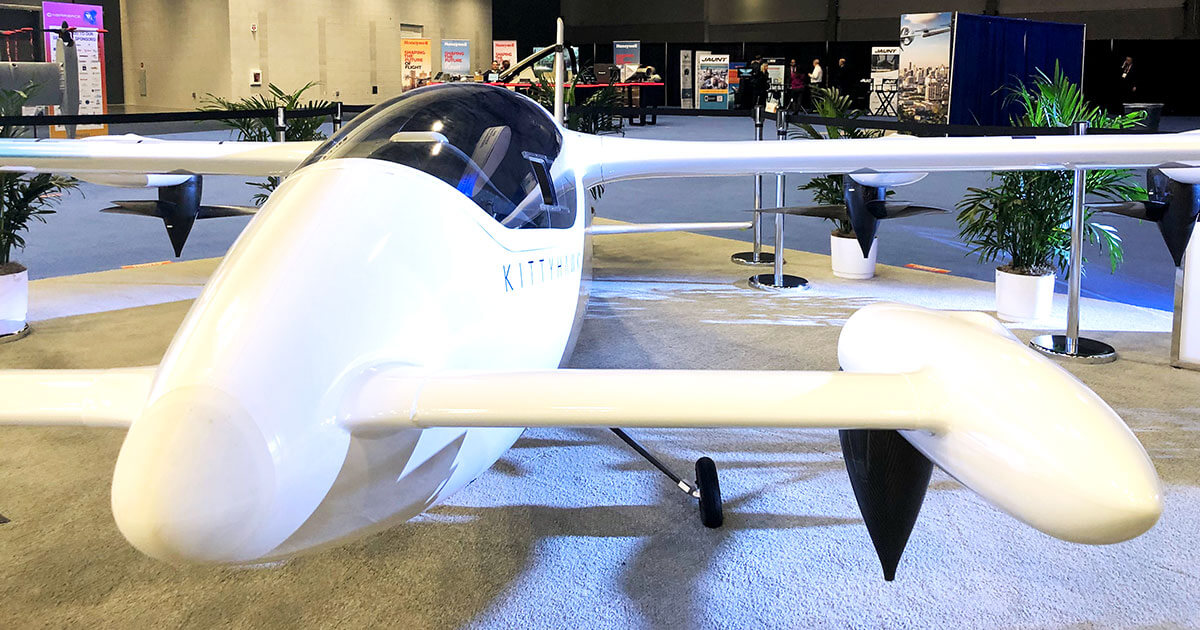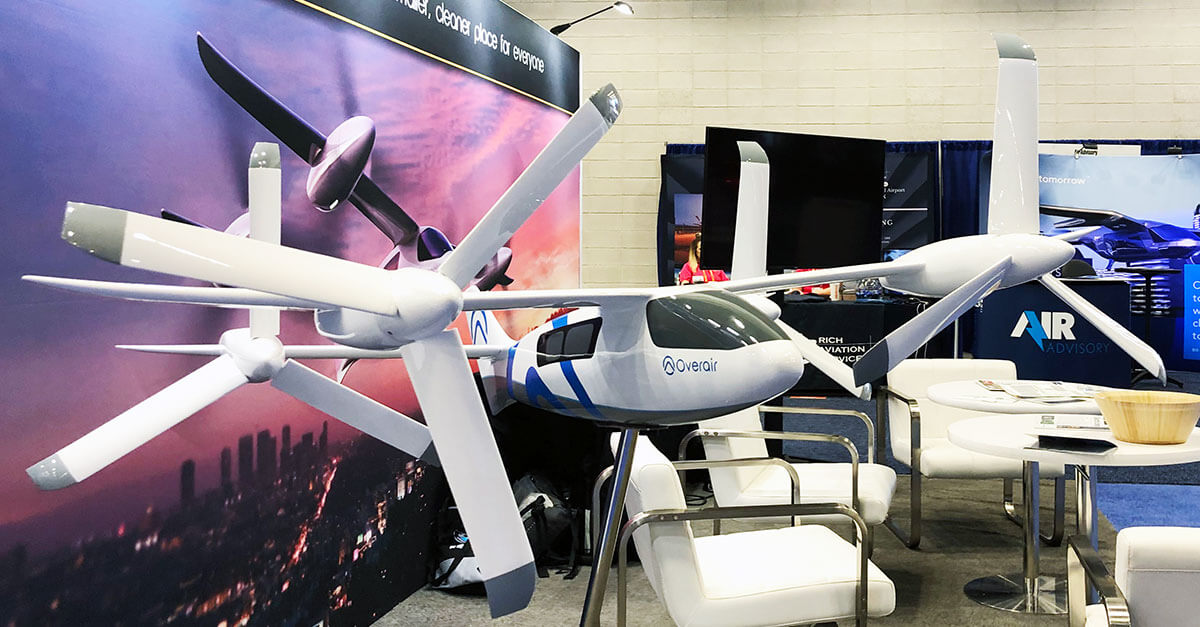NBAA-BACE: Despite Challenges, Developers See Blue Skies Ahead for AAM

Oct. 14, 2021
Companies developing advanced air mobility (AAM) vehicles are energized by the possibilities the technology offers, and by how close the industry is to realizing its promise within the next few years.
“[AAM] is really becoming a part of business aviation mainstream, and that’s truly exciting,” said Brad Hayden, founder of Robotic Skies and chair of NBAA’s Emerging Technologies Committee, who moderated a Wednesday afternoon panel at the NBAA Business Aviation Convention & Exhibition (NBAA-BACE) examining AAM concepts and challenges. “We are [also] witnessing the birth of electric aircraft, and wow, that’s incredibly exciting.”
Joby Aviation Head of Product Eric Allison spoke of how quickly the ideas discussed in his former role as team leader for Uber Elevate are now becoming reality at Joby and other AAM manufacturers and developers.
“At Uber, we talked a lot about how put these technologies together and assemble a business case for the product,” he said. “The vision of selecting an end-to-end mobility solution to save time has stayed the same; what’s changed is that we just see so much activity continuing, even through the pandemic, across the industry to make it real.”
That said, a number of challenges remain, from battery capacity to community acceptance and the lack of a current regulatory framework to govern AAM operations. Infrastructure to support AAM flights remains another limiting factor, noted Dan Dalton, vice-president of global partnerships for Wisk, even when operating – at least initially – from established airports.

“As we look at how to get [our aircraft] certified and make sure it’s safe, we also need to ensure we have a place to actually have it land and take off,” he said. “The broader ecosystem required for this industry to really thrive, and scale, starts at the FBO [and] the airport. That will affect everything from the charging capacity, the ARFF capacity – everything that exists inside the airport fence today will be slightly changed as we bring in these electric aircraft.”
Despite these challenges, the AAM revolution appears likely to begin in the coming years, and panelists encouraged attendees to join the movement.
“Get involved,” said David Rothblatt, project leader for Eve Urban Air Mobility. “The more people that get involved, the more people that understand what this is about, the less variation and understanding we will have [and] we’ll share a common message about how this can be used as a resource, how this can be scaled safely.”
Any person who attends an NBAA convention, conference, seminar or other program grants permission to NBAA, its employees and agents (collectively "NBAA") to record his or her visual/audio images, including, but not limited to, photographs, digital images, voices, sound or video recordings, audio clips, or accompanying written descriptions, and, without notifying such person, to use his or her name and such images for any purpose of NBAA, including advertisements for NBAA and its programs.
Related Articles
March/April 2024
FAA’s Top Airport Official Discusses Safety, AAM and Vertiports
March 25, 2024
MEDIA ADVISORY: EBACE2024 Advanced Air Mobility Showcase Includes a ‘First’ on Event’s Airport Display
Jan/Feb 2024
Dr. Anita Sengupta: Hydrogen Electric Aircraft Are Coming
January 17, 2024


 International Business Aviation Council Ltd.
International Business Aviation Council Ltd.